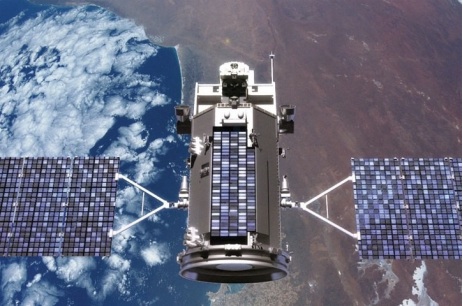 Photo: NASANASA’s Glory satellite was supposed to measure both solar radiation and the Earth’s capacity to retain it in the course of global warming. Instead, it died trying. The satellite’s launch platform, a “Taurus XL” rocket that is every bit as janky as its namesake automobile (3 duds out of 9 launches, so far), failed to separate from the satellite, thus dooming them both to an ignominious splashdown somewhere in the Arctic ocean.
Photo: NASANASA’s Glory satellite was supposed to measure both solar radiation and the Earth’s capacity to retain it in the course of global warming. Instead, it died trying. The satellite’s launch platform, a “Taurus XL” rocket that is every bit as janky as its namesake automobile (3 duds out of 9 launches, so far), failed to separate from the satellite, thus dooming them both to an ignominious splashdown somewhere in the Arctic ocean.
It’s a major blow to NASA’s efforts to observe earth’s changing climate:
Glory was intended to “help scientists tackle one of the major uncertainties in climate change predictions identified by the United Nation’s Intergovernmental Panel on Climate Change: the influence of aerosols on the energy balance of our planet,” said Michael Freilich, director of NASA’s Earth Science Division.
Aerosols to remain one of the major unknowns in climate change:
Here’s a terrible irony: Air pollution thrown off by our fossil fuel-powered civilization is actually helping to keep a lid on global warming:
Atmospheric aerosols counteract the warming effects of anthropogenic greenhouse gases by an uncertain, but potentially large, amount.
Some scientists suspect that if we went 100 percent renewable tomorrow, it could actually trigger runaway warming, because we’d throw off the reflective haze that all our automobiles, coal-fired power plants, and dung-powered cooking stoves have put into the atmosphere. That’s why it’s extra unfortunate that this satellite is now swimming with the fishes.



